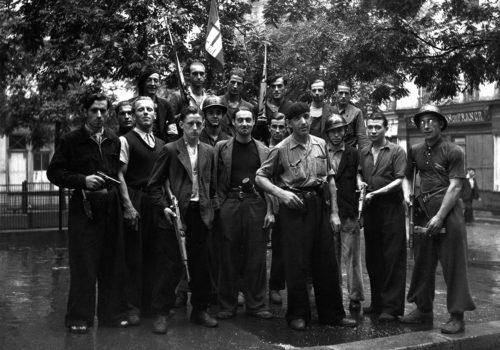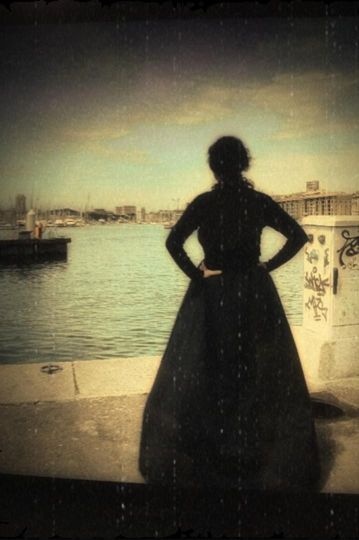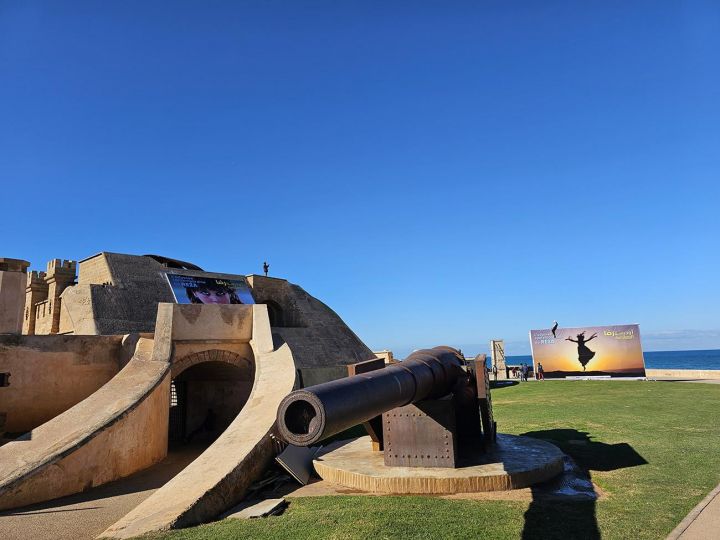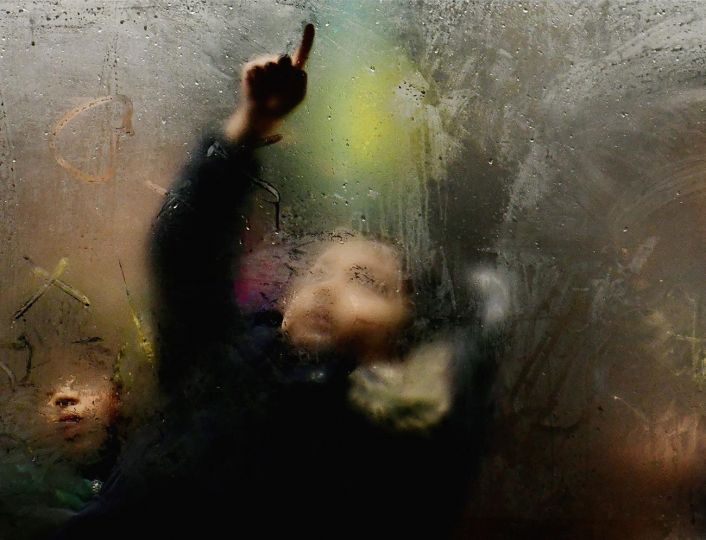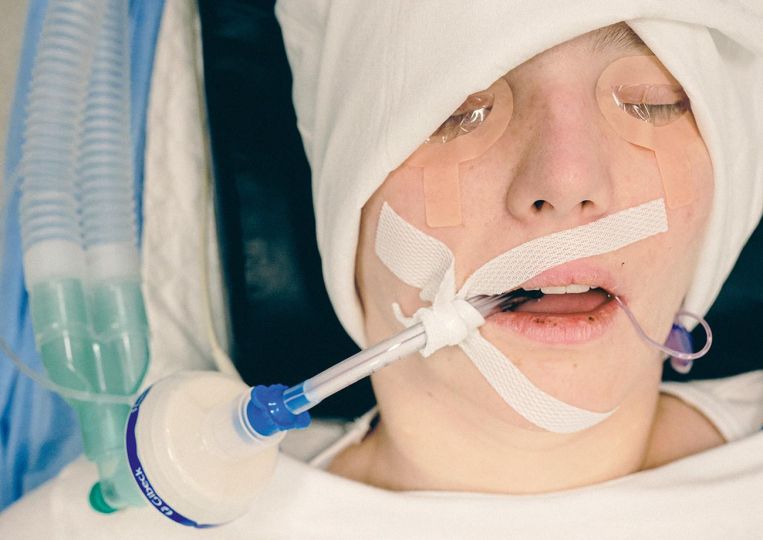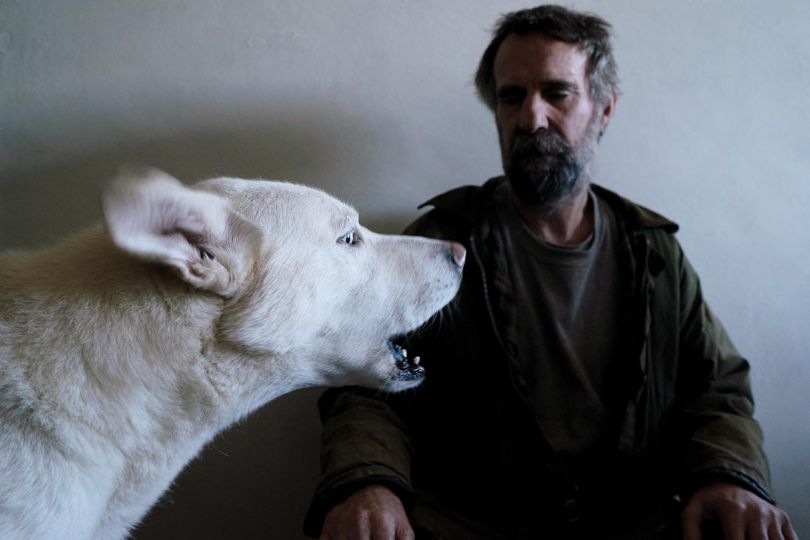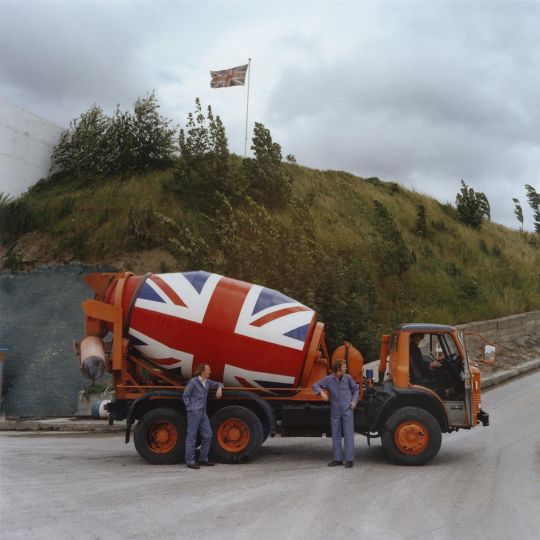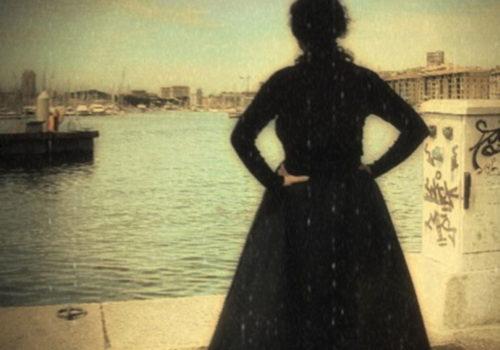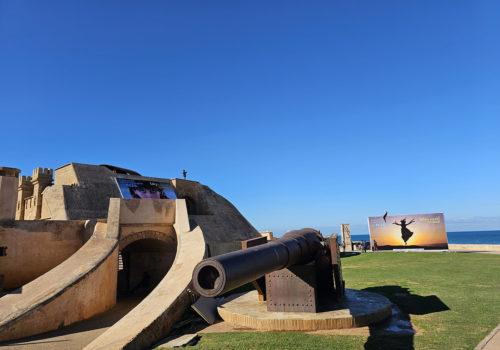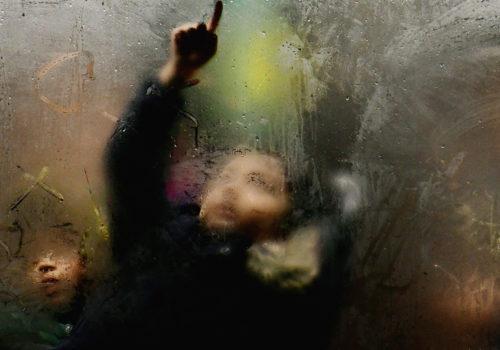The temporary exhibition at the Musée de la Résistance nationale in Champigny-sur-Marne, Robert Doisneau, l’esprit de Résistance traces the photographer’s links with the Resistance, through around a hundred photographs and personal objects of the artist.
If Robert Doisneau is celebrated as a talented photographer, his activity as a forger remains little known. He however, produced false papers for the Resistance. Using his skills as a photographer and engraver, he helped protect many people persecuted by the Vichy regime and the German occupiers, by creating all kinds of counterfeits: identity cards, permissions for forced workers, ausweis, etc. Throughout the war, he worked in the shadows, in isolation. It was only on the evening of the Liberation that he met the anonymous workers of the Resistance and thereby discovered that he had worked for the Comète network then for the United Movements of the Resistance and the National Liberation Movement to which Enrico Pontremoli belonged. Through written and audio testimonies from Robert Doisneau and the unique presentation of false paper negatives loaned by the Atelier Robert Doisneau, the visitor is invited to follow in the footsteps of the photographer’s clandestine activity.
With his Rolleiflex camera, Robert Doisneau also witnessed daily life under the Occupation and the days of the Liberation of Paris: German soldiers, ration tickets, empty stores and barricades paraded before the gaze of visitors. While the practice of photography is particularly regulated and it is forbidden to photograph outdoors unless you are affiliated with Propaganda Staffel, Robert Doisneau escaped this regulation, making it a point of honor to bear witness to the difficult living conditions during this period. In 1985, on the occasion of the inauguration of the first museum in Champigny-sur-Marne, the photographer spontaneously donated 21 prints of his photos, thus helping to form the images of the Resistance in our collective imagination.
His commitment continued after the Occupation. Only one week after the Liberation of Paris, Robert Doisneau responded to a commission from the artistic and literary magazine Le Point aimed at paying tribute to the clandestine printers who, during the war, worked secretly to spread the ideas of the Resistance in order to awaken public opinion, and many of whom were deported or shot. Using his experience as an industrial photographer for Renault factories, Robert Doisneau created intimate portraits of these “little hands” too often forgotten, the printers, to whom he restored their letters of nobility by having their work and their commitment recognized. It is therefore an opportunity for the visitor to discover or rediscover in a new light these portraits of printers, already exhibited in Champigny in 2005 as part of the Imprimeries clandestines exhibition. Photographs by Robert Doisneau.
During most of his career, Robert Doisneau participated in the organization and recognition of the profession of photographer through his membership to the National Association of Journalists Reporters Photographers of which he was appointed president in 1968. This association sought in particular to defend the right of photographers to their name credited with their published pictures and decent remuneration. In short, it was a struggle so that photographers could be recognised as an author, a struggle whose spirit of resistance is a continuation of the previous ones.
It is this commitment that the exhibition reveals to the public, while respecting the state of mind of Robert Doisneau. The latter in fact hated being given the term “resistant”: out of respect for those he considered to be the most heroic of the French, he denied having participated in the Resistance and spoke instead of acts of solidarity. The humanist spirit which marks his work and his journey is perpetuated today through his daughters, Annette Doisneau and Francine Deroudille, who run the Atelier Robert Doisneau. Partners of the exhibition, they have forged strong links with the museum, a privileged relationship revealed to the public thanks to a series of new interviews.
Musée de la Résistance nationale à Champigny-sur-Marne
www.musee-resistance.com

